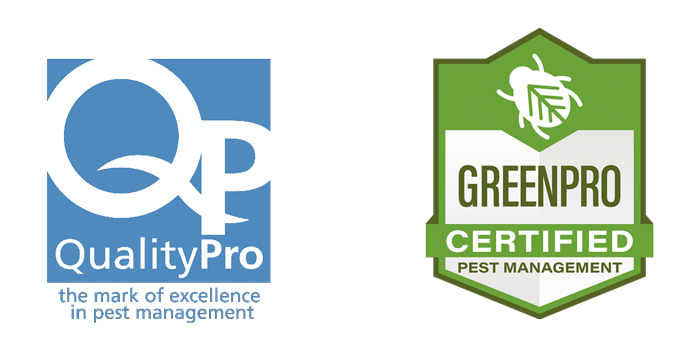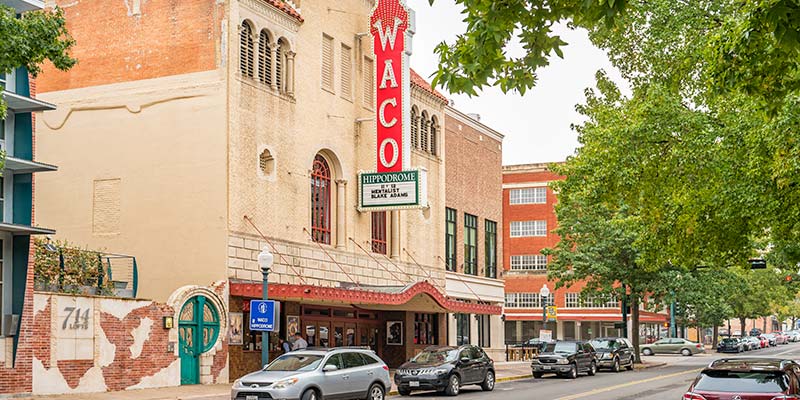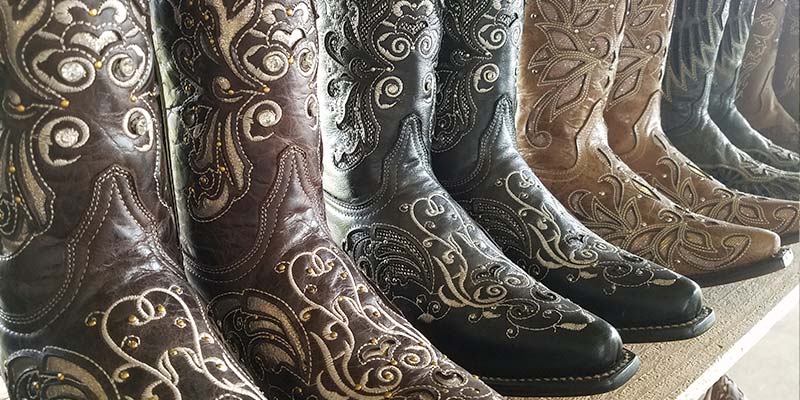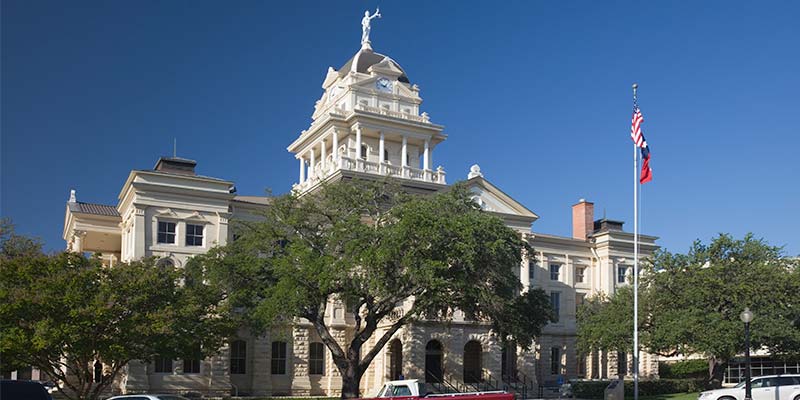Termites are essentially blind and randomly seek out wood or cellulose material. They can distinguish light from the dark for the purpose of safety. They’ll expand from their nests until they bump into an acceptable food source.
Termite Caste System
Termites are social insects and raise their young as a group. Termites live in a caste system where each type termite has a specific role: workers, soldiers, and reproductives.
Workers
Workers can number in the millions and are responsible for the damage of structures. Termite workers are responsible for feeding the colony and will span the length of a football field to forage for food.
Termite Soldiers
Termite soldiers have long heads and powerful jaws to fight off intruders. They are there to protect the workers and the colony. They can measure ¼ inch in length.
Reproductives - Termite Swarmers
Termite swarmers can look like winged-ants, and ant swarmers are often confused for termites. A licensed termite inspector would be able to identify the difference. Seeing termite swarmers means that an active termite colony is near your location. It also indicates that the colony is mature and has been in the area for at least 5-7 years.
Swarmers leave the original colony to start new ones. Since many don’t survive to start new termite colonies, they swarm in large numbers to ensure success.
Colony maturity is one reason that termites begin to swarm. Stress on the colony, such as an attack, can also cause it to swarm.
Reproductives - Termite Queen
A colony can have one or multiple queens that live within the colony for life. The termite queen will dictate which role her young will grow into. Some termite queens can lay 15-25 eggs per minute and over 40,000 per day. They have the longest lifespan and can live between 30 and 50 years.
Types of Termites in Texas
We get asked all the time: “What are the most common types of termites in Texas?” Well, there are three primary types of termites found here in Texas: Eastern Subterranean Termites, Drywood Termites, and Formosan Termites.
Eastern Subterranean Termites
Commonly called Subterranea Termites, their colonies can have up to 2 million termites. They eat a variety of cellulose material including wood, wallpaper, plastics and fabric made from plants.
As their name implies, Subterranean Termites live underground colonies or wet areas above ground. They need constant contact with the soil to survive. They build tunnels to reach food. During the spring, mature colonies, or colonies under threat, will release thousands of swarmers.
Subterranean Termites are the most destructive type of termite. They can cause extensive damage to a home or business. They are a creamy brown color and ⅛” to 1” in size. Subterranean Termites can fit through a crack 1/32nd of an inch. This is why swarmers can erupt within a home with little to no exterior termite signs.
Subterranean Termites are the most common in central Texas, including Austin, Temple/Belton/Killeen, Georgetown, Round Rock, San Marcos, New Braunfels, and the Kyle/Buda area.
Formosan Termites
Formosan Termite colonies can have tens of millions of termites and tend to span up to 300 feet. The yellowish/brown termites can be up to ½ inch in length.
Formosan Termites voraciously eat wood, fabrics that are made from plant material, and living trees. Similar to Subterranean Termites, Formosan Termites live underground. They build mud nests withing the wall of homes and businesses. They’ve also been known to live on boats.
Formosan Termites are always hungry, eat a lot of wood, and do a lot of damage to homes and businesses.
Formosan termites are typically found along the Gulf Coast - especially in the greater Houston area.
Drywood Termites
Drywood termites tend to be a creamy white to a light brown color. They can measure ⅜ to 1 inch long. Drywood Termites can vary in length. Typically found in West Texas, their colonies can grow to over 2,500 termites. Drywood Termites will typically swarm on sunny, warm days after a sudden rise in temperature.
Drywood termites will infest dry wood, hence the name. Many times they are found in attic framings or a Texas home’s wood studs. Drywood termites can chew through studs, support beams, flooring, walls, and cause thousands of dollars in damage.
On top of swarming, infested furniture or dry firewood can help to transport them to new locations.
How To Prevent Termites
There are a handful of practical ways to help prevent Termites.
- Ensure water drains away from your house.
- Don’t let water build up around your home's foundation.
- For example, fix leaky faucets.
- Replace any damp or damaged wood on the outside of your house.
- Do not leave wood scraps in the yard.
- Place firewood at least 20 feet from your home.
- Install a termite protection system.
- Eliminate areas where soil touches the siding of your home.
- Keep grass trimmed so it doesn’t touch your home’s or business’s foundation.
- Use pressure-treated wood outside when possible. Western red cedar is also acceptable.
- Get a free termite inspection.
How To Spot Termite Signs
- Mud tubes
- Swarmers
- Hollowed-out wood
- Rotted out wood
- Bubbling paint
- Wood blisters
- Wood that sounds hollow when tapped
How To Get Rid Of Termites
You want to have a licensed termite inspector confirm the existence of termites or conditions that make termite activity likely. A good termite inspector doesn't necessarily need to see termite activity evaluate the risk your home or business sees. There are two primary ways to get rid of termites: chemical treatment or a green baiting system.
Chemical Treatment
A termite chemical treatment typically involves trenching around the home or business and then filling that trench with chemical diluted in water. It's a highly destructive process that can destroy flower beds or bushes around the building. This also may require structural drilling. It essentially creates a moat around the building with the chemical running into the ground. It is effective at killing termites, but studies show that it will only deflect a colony and not always eliminate it.
We do not recommend this method. Under special circumstances, we will apply treatments using termiticide very specifically and sparingly.
Green Termite Baiting System
A Green Termite Baiting System, like the one we offer, involves putting termite bait around the perimeter of your home or business.
It is not only highly effective at killing termites, but it also kills the entire colony. It's a green system that won't run off into vegetable gardens or bodies of water.
Our Green Termite Baiting System is also a preventative measure that will keep termites from feasting on your home or business.
If you're concerned about termites, request a free termite inspection here.
Worried About Termites?
Is your home at risk?
With over 35 years of experience,
we take the worry out and help you protect your home or business from termites.
40 Years of Experience
State Licensed Technicians
Background-Checked
We're A People Business
I love that a technician will come out on the same day when I call with a pest emergency. Pest control is something I will never skimp on and having a quick responding company for unforeseen events makes all the difference.
Kendall T.
Google Reviewer
Great service and always diligent and willing to meet our needs with each visit. Eric has been great both of the visits he has serviced the house recently. It’s also greatly appreciated that they come do the in-between services since it has been so rainy this last year. Would definitely recommend this company.
Alexandra B.
Facebook Reviewer
Jesse is the best !! He Went above and beyond. Really thoughtful and extremely knowledgeable about my biting ant situation - the guy really knows his stuff.
Leslie K.
Google Reviewer
That's Done Some Amazing Work
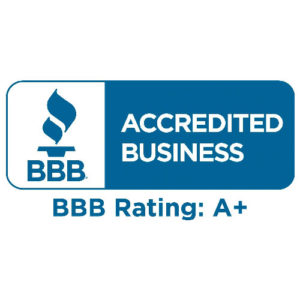









Locations We Provide Pest Control
